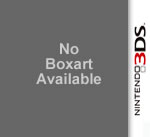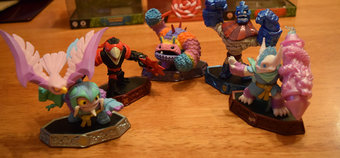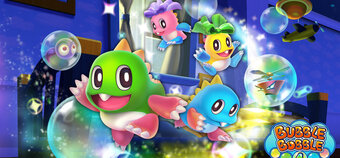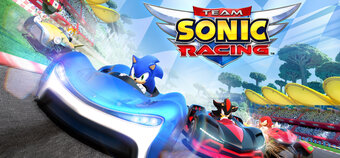Nintendo's shown over the years that minor redesigns to their systems, particularly handhelds, can be a smart move: ironing out problems, adding new functionality or simply refocusing on a different demographic, the revisions help keep an ageing system feel fresh, while opening the door to new markets. While it might seem that this trend kicked in recently, with the DS Lite's 'Apple white' sheen seeing off the original silver DS, or the DSi XL bringing us those super-sized screens, in fact, handheld hardware revisions go all the way back to the good ol' Gameboy, whose 'Pocket' and 'Light' variations changed the console's outward appearance, while keeping the inner workings pretty much the same. With the release of the Nintendo 2DS, the company have trod a familiar path - although with one big difference. Rather than simply being a fancier shell, the 2DS's main feature is its child friendly, wedge shaped design, and the removal of the feature that initially made the 3DS stand out: the ability to display movie-like 3D images without the silly glasses.
So, the 2DS, now part of the 'Nintendo 3DS family' has all the same working as a 3DS, and effectively is a 3DS that just doesn't display 3D. Simple, right? But, that's not quite the whole story, as there's a fair bit to discover (and a lot to like) with this surprisingly appealing little console. It should be noted that the 2DS is primarily designed with younger players in mind. Everything from the chunky form factor to the wallet-friendly price tag positions the 2DS very clearly as a 'starter' system for young children. Sadly, it's a long time since we were children (although we haven't quite got used to growing up yet) - so we gave Nintendo's child-targeted handheld to a child themselves, to get word straight from the daughter's mouth.
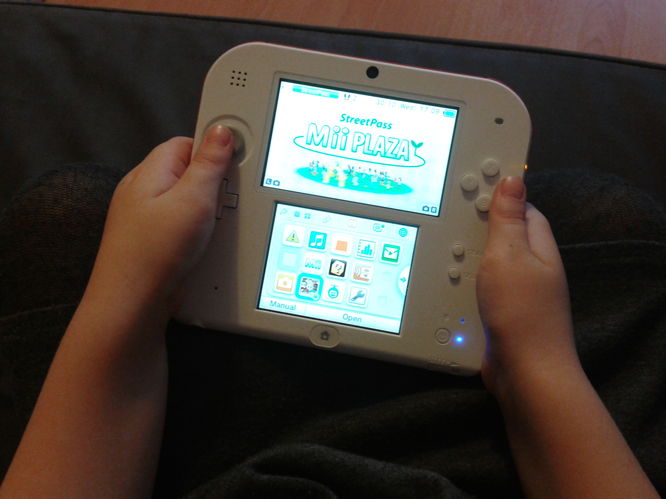
The new design makes it a great fit with smaller hands
When the DS first emerged in 2004, its clamshell design was an unusual, but necessary decision (or so we thought) to protect the screens from scratches and keep the design within reasonably pocket-friendly proportions. The 2DS, though, ditches the traditional design all together, in favour of a solid, wedge-like shape that leaves both screens exposed to the elements and won't fold shut, no matter how hard you try (seriously though, don't try). It's not entirely clear why the iconic hinged design has been ditched for the 2DS. It could be the worry that the slightly wobbly hinges of the 3DS wouldn't stand up to repeated use by small hands (as we've heard several anecdotal reports of enthusiastic children snapping the hinges altogether) or the realisation that tablets and large-screen mobile phones are commonplace now, and people seem quite happy to use screen protectors and cases. Whatever the reason, having spent some time with the 2DS and seen our very careful 5 year old play-tester get to grips with it, our early concerns about the exposed screens have pretty much been put to rest. We'd probably recommend investing in some kind of protective case to keep the screens pristine, but assuming it's used carefully by children (much the same as a parent's tablet or phone) there shouldn't be too much to worry about - and the screens are pretty resistant, anyway.
As we mentioned above, the innards of the 2DS are largely unchanged from its 3D siblings: you won't find any increase in screen resolution or graphics performance here. Despite losing the glasses-free 3D feature, the 2DS will still do everything a 3DS can. You can play all the same games as its bigger brother, whether they're 3DS cartridges, DS carts, or downloadable games from the eShop, you can use the built in camera to take photos, or record sounds and mess around with them using the mic. Even the operating system looks the same. The only tweaks we could find are that the Wi-Fi switch is now a menu option rather than a physical slider (presumably to make it harder to turn it off accidentally) and that the pre-installed software occasionally reminds you that the system you're holding can't show 3D images. There is a brief introduction to the 2DS's features included in the system settings too, but you'll likely have already found out about them by yourself, well before you start poking about in menus.
Speaking of pre-installed software, it's nice to see that all the 3DS's apps and features are present and correct here, too. Camera, Sound, eShop, Mii Maker, StreetPass Mii Plaza, Face Raiders and AR Games are all included, as are the physical cards needed to play around with the AR features. All of these function exactly as they do on the 3DS, except of course without the glasses-free 3D. In fact, Face Raiders and the AR Games are actually a little easier to control in 2D, as they run more smoothly and you're free to move the system around without the 3D effect destabilising. Of course, all of this is possible with the existing 3DS and 3DS XL, as both allow parents to disable and lock the 3D output so that children under seven aren't at risk of damaging their sight, but it's interesting that things actually seem to work better without the 3D.
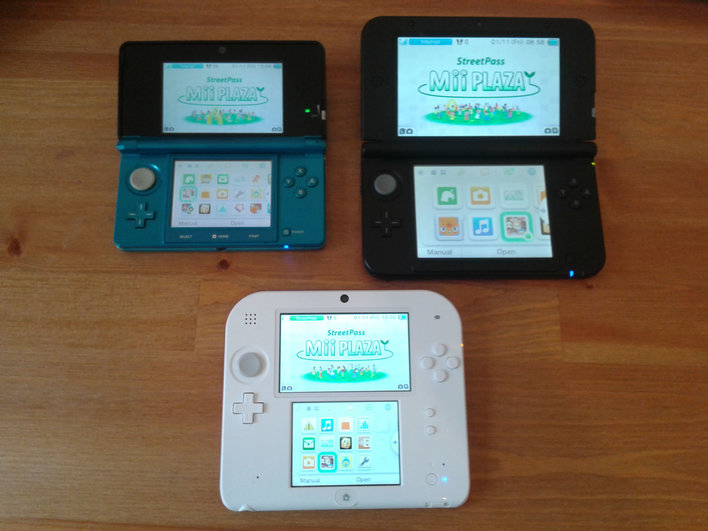
The whole family together
In fact, it's perhaps telling that the 3D display that was originally so integral to 3DS marketing has now taken a bit of a back seat to other features, StreetPass in particular. Letting you earn virtual puzzle pieces and little extras for your 3DS games, StreetPass is one of the 2DS (and 3DS's) best features - all you have to do is take your console out and about with you, and you'll exchange data automatically with people you walk past. Their Mii avatar will then show up in your Mii plaza, and you'll be able to collect the puzzle piece from them, or send them into battle in Streetpass Quest, another built in mini-game. Entering sleep mode is now handled by flicking a switch (rather than closing the clamshell) and the 2DS handles StreetPass and SpotPass data just the same as the 3DS. With the recently released StreetPass games and even a nationwide StreetPass Day last month it almost seems that the automatic data transfer is a bigger priority for Nintendo than stereoscopic 3D right now.
With this in mind, we can't really understand the backlash that the internet seems to have piled on the new console. Accusations of 'back-tracking' on the 3DS' main attraction fall a bit flat when you remember that 2DS is intended to exist alongside the 3DS and 3DS XL, not replace them, and as far as we're concerned the more options available for all ages the better. 3D visuals aren't recommended for under sevens, so the 2DS handily makes the large library of 3DS games accessible to this very audience. From Animal Crossing: New Leaf, to Luigi's Mansion 2 and New Super Mario Bros. 2 to the huge selection of children's games there's a very good case to be made for the 2DS as a child's first console, especially as it comes with a very appealing price (currently just below the £100 mark). We gave a 2DS to a 5 year old to try out and she was able to reach the controls easily, and loved having her own system to play the same games as her Mum and Dad. And of course, she didn't care that the display was 'only' 2D: she was more interested in exploring Animal Crossing, Mario Kart 7 and taking photos of anything and everything in her path using the built in camera.
That said, we can't see too many adults who already have a 3DS switching to the 2DS. It's similar in size to the original 3DS, which means that the screens seem really tiny when compared to the far more expansive screens offered by the now standard XL model. The +Control Pad on the 2DS is disappointing too: it feels spongy and imprecise compared with that of the XL, which is something that's often bugged Nintendo hardware revision. Considering this, and with so many 'special edition' 3DS XLs available and coming soon it feels like the XL will remain the handheld of choice for the grown up Nintendo fan. But, as we pointed out earlier the 2DS is y'know, for kids, and we think it's a good choice for families looking to start their little ones off with a dedicated games console without worrying about damage to their eyes, or the machine itself.
In all, the 2DS is a sensible and well-considered hardware revision with a very clear target audience. Families who already own Nintendo systems but are looking for a way for younger members to get in on the action should definitely consider the newest member of the 3DS family. There are plenty of games designed especially for the younger end of the gaming spectrum and now there's a system that's perfect for them too.
Format Reviewed: Nintendo 3DS


